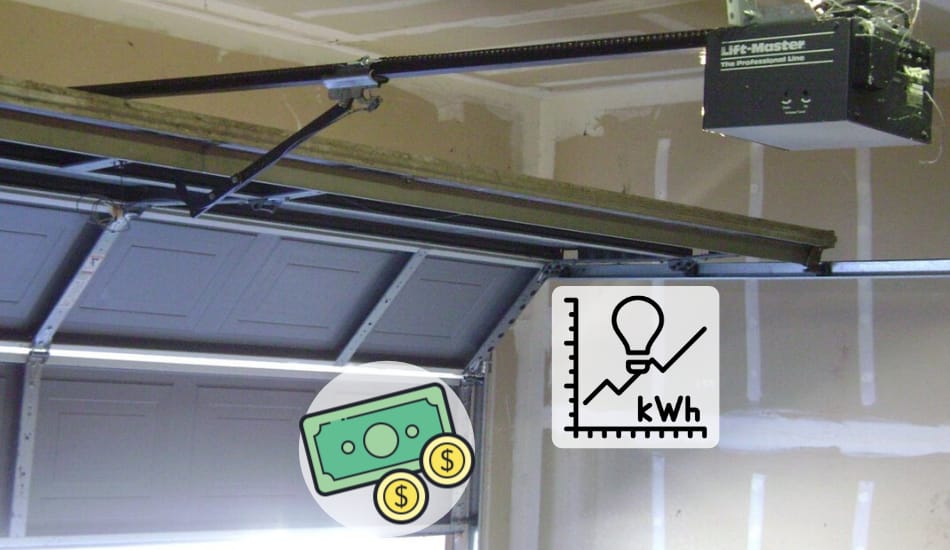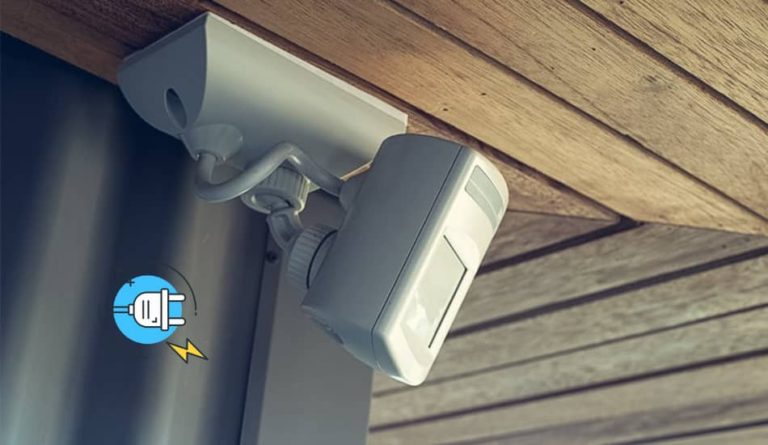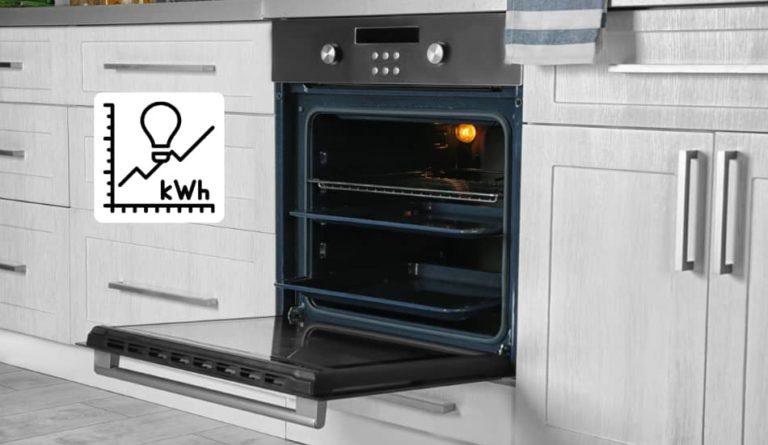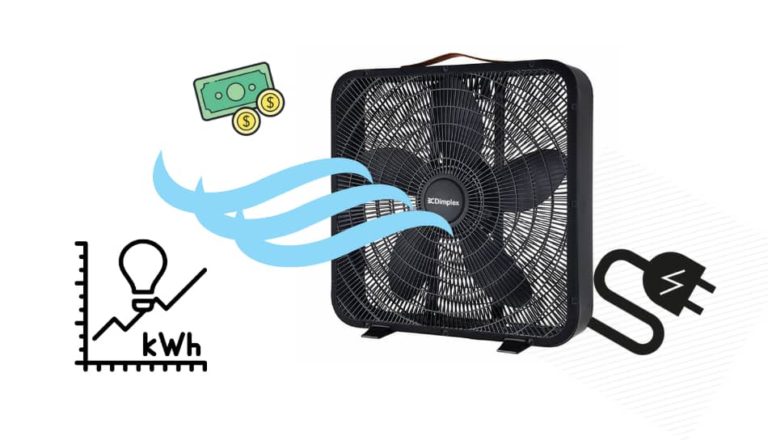How Much Electricity (kWh) Does a Garage Door Opener Use?

Garage door openers are a very useful tool, where you can, with just a single click open your garage and park the car without leaving the vehicle. But as garage doors run on an electric motor, the question arises about how much electricity is needed to open or close those doors. On average, it takes about 10 seconds for a conventional garage door to open or close.
Here comes the question of how much actual electricity is used during that time, as well as when the motor is in standby mode. So, is it worth using an electric door, and how much kWh does it actually consume? In this article, we will answer this, and a few more questions that are related to this topic.
How Much Electricity Does a Garage Door Opener Use? Garage Door Openers on average use ¼ and ½ horsepower (HP). One garage door cycle (open/close) consumes 0.001 kWh. By that we get the average cost of electricity is 11.5 cents per 1 kWh. If we multiply 0.001 kWh x 11.5, we get 0.011 cents for every time we want to open or close garage doors.
Conclusion: Very little electricity (kWh) is used to open or close the electric garage doors. Practically nothing. Electric garage doors operate only a few minutes per day on average, so they don’t use much of power for open/close. But there is a catch; most garage doors can take 3 to 5 times more energy when they are is stand by mode, compared to doors when they work those few minutes per day.
This Garage Door opener is one that we recommend, and you can find it here on Amazon.
Depending on the type of motor, two types of voltage are used: direct current (DC) or standard alternating current (AC). A DC motor consumes less power and provides better speed control. This allows you to configure the gate movement more accurately and smoothly, and the drive itself is less noisy, which is very important in a private house.
Table of Contents
Energy Calculation of Garage Doors Opener
Standby mode: Garage Doors Standby mode consumes daily: 5W * 24h/day = 0.12kWh/day (average)
Daily Use mode: In operation mode sonsumes: 500W * 1min * 4 openings / day = 0.033kWh/day
In total calculation: Approx. 4.6 KWh / month * 30 cent / KWh = 1.40 Dollars/month
How Much Power Garage Door Opener Burn In Standby Mode?
How much electricity the garage door opener will consume depends on the make and model as for any other electrical device. When testing different models, the annual electricity consumption is from 15.8 kWh to 127 kWh on average, or between $2 to $16 per year.
What factors all depend on how much electricity is needed for garage doors to open or close? The size and weight of the garage door will consume more electricity when opening/closing because more force is required and that consumes more energy than a small garage door system.
So, how to reduce energy consumption? When it comes to newer models, they are designed to reduce power consumption from 5 watts to 1 watt when they are in standby mode. But if you really want to cut costs completely, then don’t use a garage door opener and you won’t have any problems with that extra consumption.
What To Do if There is No Electricity on Garage Doors?
In the event of a power failure, the electric garage door opener also stops working. You do not want to leave the car on the street or vice versa in the garage due to lack of power. Your automatic door must have an unlocking device that allows you to manually open the garage door.
In this case, the door has a mechanical unlocking function, which can only be operated from the inside. If the garage does not have a side door, we recommend an additional unlocking option in the door leaf that is secured with a lock. The garage door can be unlocked from the inside with a cable.
Garage Door Opener With Battery Backup
There are no problems with power failures with garage door openers when you have battery backup (UPS). These are particularly suitable where an uncomplicated connection to the mains power is not possible. Depending on usage, the batteries have to be charged about once a month, and the charger is included.
To ensure operation at all times, a second battery is recommended for emergencies. Also, one of the best solutions is using smart power strips with a solar panel system on your roof. This investment will pay off in the long run.
Tip: Before deciding to retrofit the garage door operator, the suitability of the existing door should be checked.
How Does Garage Door Opener Work?
Electric garage door openers send a coded signal by radio to the receiver in the garage door operator, which response with a preset function – namely, opening or closing the garage door. Different wave frequencies are used: the frequency 310, 315, or 390 MHz.
To ensure that the signal is not intercepted by burglars by code grabbing and then used, modern systems follow a so-called roll or change code, which is changed after each operation of the transmitter. The codes are stored in a database that both sender and recipient have access to.
I also talked about How Do Garage Door Sensors Work, so if you are interested, take a look!
Motor Power – What Is Important?
When choosing a garage door opener system, choose one where the motor is able to handle the applied force to open and close the gate. It is absolutely wrong if the motor is constantly running at the limit of its capabilities, as this reduces the life of the automation.
How Many Watts Does Garage Door Opener Pull?
As technology evolves, newer garage door models use up less energy than older models. Today most modern door openers are between ¼ to ½ HP. When we recalculate it, we have around 1,100 to 1,400 starting watts. Electric garage doors are used on average for a couple of minutes daily, which is negligible when looking at power consumption.
How Much Electricity Does a House Use Per Day?
The level of electricity consumption in a household depends primarily on the number of residents. Consumption generally increases with the number of people – but not linearly to the same extent as the increase in people. In addition, the amount of consumption also depends on whether it is a single-family house or an apartment building .
But according to EIA in 2019, when we talk for the average electricity cost in the United States, consumer use 10,4 kWh, what is an average of 870 kWh/month. When we turn that into days we get that average household electricity amounts 29 kWh per day.
Pros and Cons of Garage Door Openers:
Pros:
Without any surprise, the advantage of the electrical system is its ease of use, which means that you do not have to leave your vehicle to operate with your garage door. There is also the huge advantage of being able to connect your garage doors to a home automation system. Thus, keeping the door open or closed during specific time slots will be possible. We will no longer even have to use a remote control to park our vehicle.
Cons:
The disadvantage of such a motorization is to require a more complex and more expensive installation than for a manual door. The motorization has an incompressible price and its installation often requires the intervention of a professional, which is also not negligible. In addition, the use of this installation implies an electrical consumption which, without being enormous, will represent a tidy sum reduced to a decade of use.







